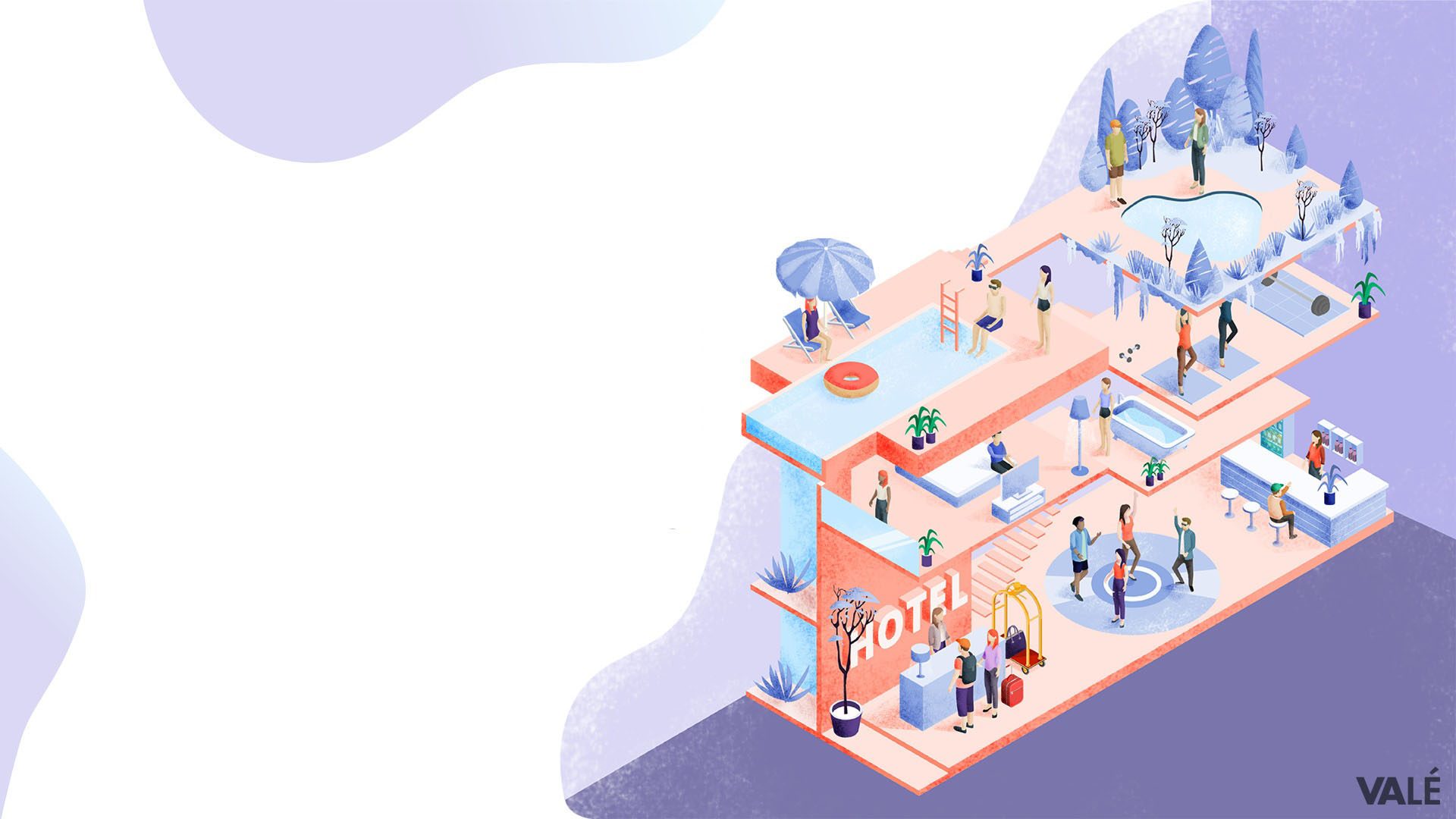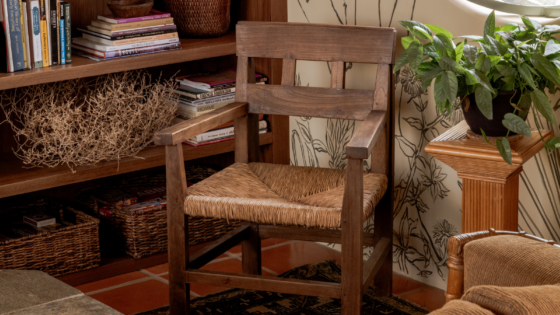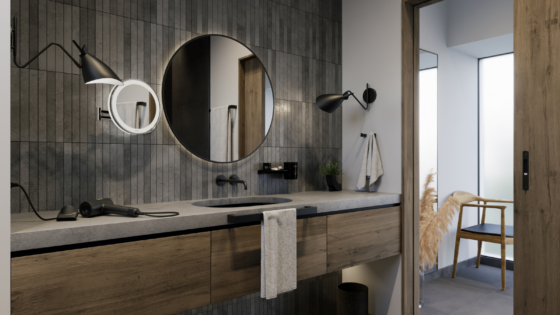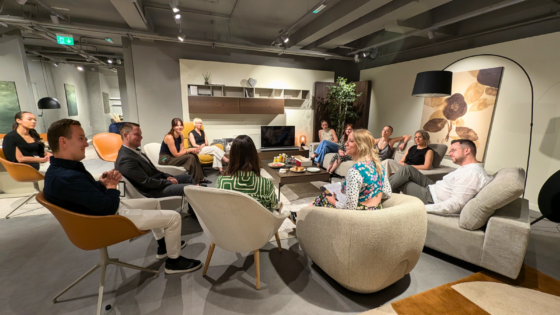In the second instalment of Designing Instagrammable, Valé Architects explores the routes as to why design has to evolve to cater to the modern traveller and how to understand the mindset of niche guests…
Design – and hotel design specifically – is centred around the end user. Therefore, as designers, we should be looking for avenues to better understand the people we are designing for.
Before Instagrammable
One interior design firm which understands the concept of designing for niche guests is HBA London. “Designing for Instagram moments is nothing new,” explains Constantina Tsoutsikou, Creative Director, HBA London. “As hospitality designers, we have always sought to create moments that make memories, that move guests’ emotions and engage them. It’s just that we used to call them something else. These moments can inspire awe – a soaring atrium or a beautifully crafted staircase for example, or they can be much quieter – a carefully framed view or a tiny detail in an artwork that paints a thousand words. The difference now is that with Instagram guests can share this memory with all their followers, essentially endorsing the experience. In effect, Instagram moments enable guests to become ambassadors of the hotel.”
The benefit of using Instagram as a design tool is we can generate guest driven brand stories
In today’s world of the instant post and share, there’s three main differences that have existed for the first time in our history. This is the vast volume of photos being taken and shared, secondly the influential sway that many of these photos can have on the success of a hotel and thirdly detailed look into the mindset of a hotel’s guest. “A what?! What do you mean a look at guest mindset?” At Valé we use instagram photos as a design tool to measure user mindsets and influence the directions of a design.
Using Instagram as a design tool
The benefit of using Instagram as a design tool is we can generate guest driven brand stories. We touched on this in the Niche Hotel Design Guide, but we believe it needs to be explained in detail to be fully appreciated how valuable this could be for a hotel business.
Our goal is to see brands through the eyes of the end user, which in the case of a hotel is the guest. The better we understand the hotel brands guests like, the existing relationships they have with those brands and what they like about them, the more defined our design briefs can be to reach that niche guest.
The process involves researching the hashtags and locations tags of brand you want to be like (a muse brand), and categorising the photos users are taking of the property. Sorting into design elements, moments that show people or other common themes you see in a photostream on Instagram. The remarkability chart below we’ve compared two hotels who we believe would attract similar niche guests, but in very different locations.

What this does is help build a design story of that muse brand, a story about what their guests finding so remarkable they have to share it with the world. Over a sizable data set of photos, we can start to build brand stories driven by how the guests experience at the property. It can help indicate to the design team things that are important to guests.
Measuring mindset affects your profits
Understanding your guests mindset in-depth could give hotel owners greater clarity on where to invest time and money in their hotel, if it’s important to the guests you probably want to consider it in your hotel brief. Understanding the social status associated with your public areas (restaurants, bars) play a significant role in a brand identity and awareness. Further detailed analysis over a much larger data set may reveal that a room design only needs to be “good enough” where as your public areas MUST shine, must be remarkable. This again focuses budget where it will have the most effect on your business.
How to measure mindset
We studied a six hotels using social media, review sites and our own observations and broke them into niche guest types, commonly known as archetypes in marketing. Our findings from the social status study is that the guest profiles of what we called Thrifty Destination Junkies & Reality Escapees were more likely to show off they are at a certain hotel. While the Luxury Aesthetic Chaser finds greater delight in sharing the remarkably design buildings, interiors and food with their followers.
Those without their finger on the pulse are frankly risking it all.
We measured from similar size data sets (in this scenario 50 photos for each hotel) to try understand the importance of being photographed at the hotel vs photos of the hotel. We would link such a study to the social status a guests received from being seen at the hotel and their mindset on the importance of being seen at the coolest places in town.
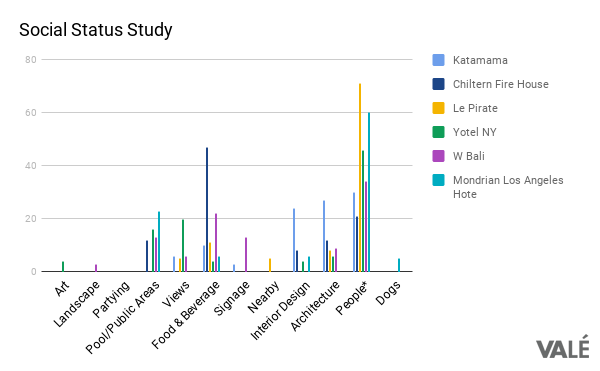
Note we found that when the location was tagged there were greater volumes of images that had account holders in them, rather than images of objects, interior design or architecture. This indicates to us there is a social importance to be recognised to be aligned with a brand.
Conclusion
As competition grows and the desire for personalised experiences becomes increasingly popular, designing for niche guests is a hotel’s ticket building a brand long-term brand loyalty. As our online footprint increases, technology and data collection improves we’re going to be able to build ever greater experiences for niche guests. Those without their finger on the pulse are frankly risking it all.
Learn more about designing for niche guests in the Niche Hotel Design Guide by Valé.

